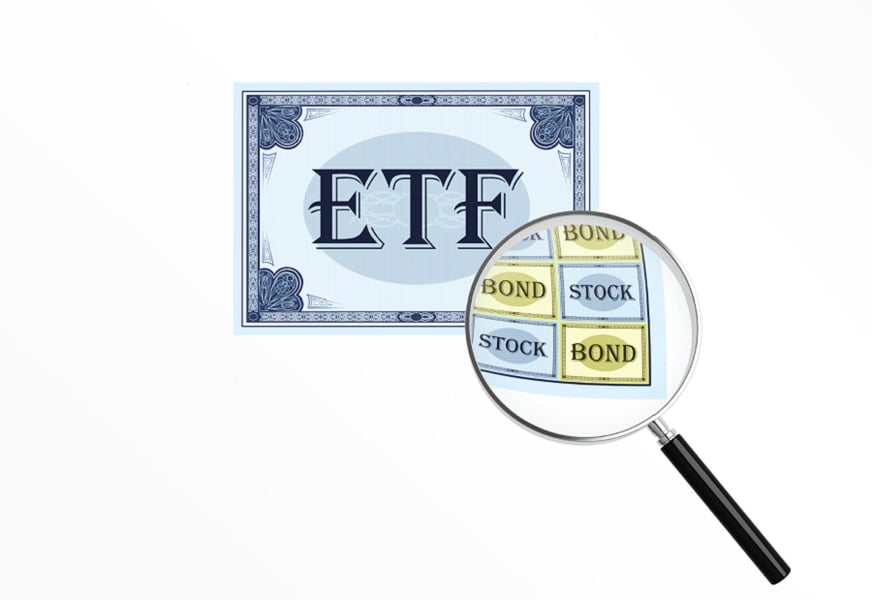Financial advisers would be wise to start boning up on the ins and outs of
nontransparent exchange-traded funds, because they might be coming soon to a platform near you.
For years, asset managers
have been trying to quietly nudge the concept of an ETF that discloses its portfolio holdings on a delayed basis, like a mutual fund, through regulatory approval. The three-quarters nod of approval earlier this month from the
Securities and Exchange Commission is as close as these ETFs have gotten to reality.
Even though the SEC's preliminary approval applies primarily to
Precidian Funds and a handful of asset managers that have already entered into licensing agreements for its new ActiveShares, the industry has a distinct appetite for the products.
A Cerulli Associates survey of 35 asset management firms found that 46% would build out nontransparent ETF capabilities if they receive SEC approval. And 55% of respondents said they would launch a nontransparent ETF equity strategy within a year.
Those figures add up to an asset management industry that wants this to happen for reasons that largely involve the industry itself.
As
I detailed a couple weeks ago, for most financial advisers and investors, the key is to look past the nitty-gritty of the nontransparent part and think of this latest ETF variation as less expensive, more liquid and more tax-efficient mutual funds.
That's essentially what you'll be getting, at least at first, as asset managers start rolling out their active mutual fund strategies inside nontransparent ETF wrappers.
The speculation is that the nontransparent ETF format will finally lure such holdouts as American Funds and T. Rowe Price into the ETF space.
For the regulators that have been weighing the approval on variations of nontransparent ETFs for at least four years, the issue boils down to ensuring the market participants that give ETFs their liquidity have enough information to comfortably do their job.
Remember, ETFs are designed to trade with the same liquidity as individual stocks, which is why the market makers need to know what's inside the fund to set prices accordingly.
In the case of Precidian, and some of the other proposals currently before the SEC, the solution appears to be a basket of securities that will act as a proxy for the actual portfolio holdings.
For most investors and many financial advisers, this transparency debate is something akin to inside baseball.
Asset managers have long claimed that fully transparent, actively managed ETFs would expose them to front runners trying to steal their brilliant ideas. But for some reason, that has never bothered Davis Funds, which for years has been managing near-identical strategies in active mutual funds and active ETFs.
Morningstar analyst Ben Johnson summed it up best. "I would argue money managers are flattering themselves that there are in-home gamers out there looking into what portfolio managers are doing," he said.
While the SEC is being appropriately deliberate, it is expected to give nontransparent ETFs the green light later this year.
When that happens, according to Cerulli's research, the floodgates will open, starting with equity strategies, where more than half of asset managers say they'll be launching products within a year and another 45% say they'll be launching in one to three years.
That's followed by fixed income,
which currently dominates the active ETF space, where 30% of managers say they'll launch nontransparent products within a year and 50% in one to three years. The remaining 20% are awaiting more details.
While the supply side is raring to take off, Cerulli points to two potential stumbling blocks on the demand side. The first is education around this new type of ETF, but the learning curve should be relatively shallow.
The second, more substantial challenge will be getting distribution traction for products that don't have embedded 12-b 1 fees.
We can only hope the answer is something other than bolting those distribution fees onto the side of nontransparent ETFs.







